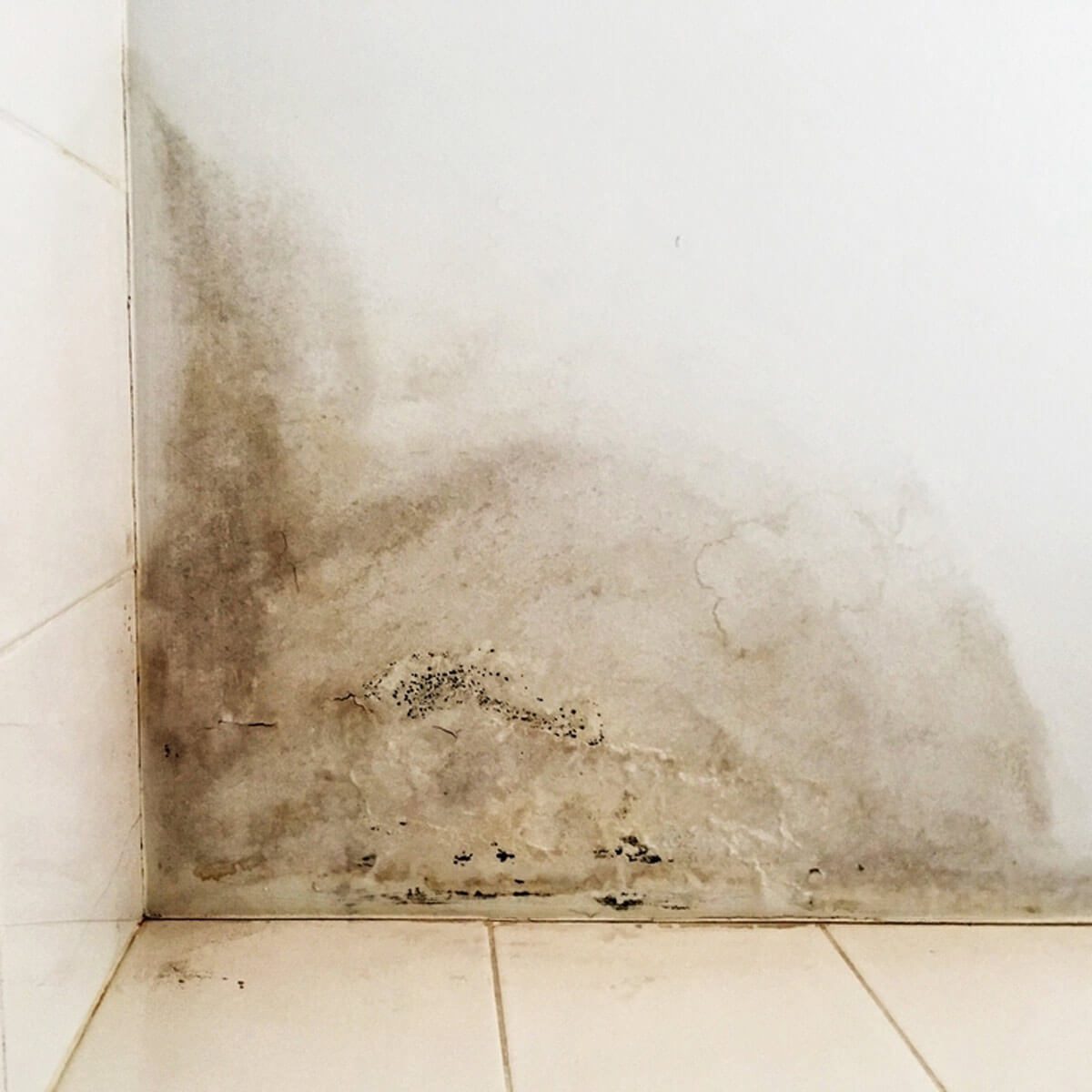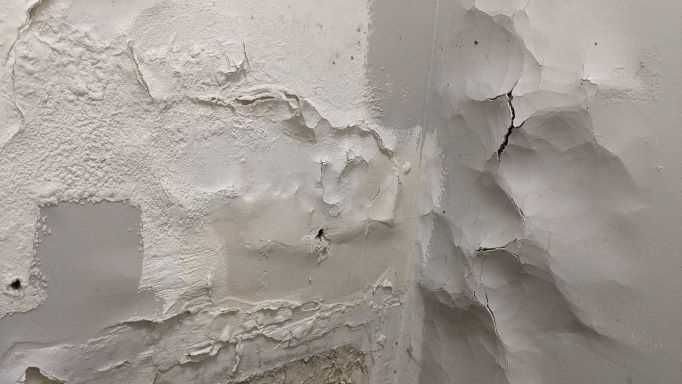Experienced Water Mitigation Company Offering Comprehensive Water Damage Solutions
Experienced Water Mitigation Company Offering Comprehensive Water Damage Solutions
Blog Article
The Process of Water Damage Cleanup: Ensuring Your Home Is Brought Back Effectively
Water damage can be a challenging challenge for property owners, demanding a meticulous and organized cleanup process to bring back safety and functionality. A comprehensive analysis is important to recognize the extent of the damages and identify the ideal remediation procedures. Following this, reliable water removal techniques play a crucial function in reducing more damage. Nonetheless, the subtleties of drying out, sanitizing, and ultimate remediation are just as necessary and typically neglected. Comprehending these phases can make a substantial difference in the outcome of your home's repair, prompting a closer check out what each step involves.
Examining the Damages
Upon uncovering water damage, the initial step is to extensively assess the level of the effect. This preliminary analysis is vital, as it assists determine the necessary actions for effective cleaning and restoration. Begin by evaluating the influenced areas, consisting of walls, ceilings, floorings, and personal possessions, to determine the source of the water breach, whether from flooding, leakages, or condensation.
Recording the damages is vital for both insurance cases and intending remediation initiatives - damage restoration services. Usage pictures and composed notes to capture the severity of the damages, keeping in mind any type of affected structural elements and products. Pay unique attention to areas that might not be promptly noticeable, such as behind walls and under rugs, as concealed wetness can cause more complications, including mold and mildew development
In addition, examine the timeline of the water direct exposure. The longer the products remain damp, the greater the potential for damages. Understanding the duration of direct exposure will educate the seriousness of removal efforts. Ultimately, a comprehensive assessment prepares for a successful water damage cleanup process, making certain that all impacted areas are dealt with effectively and thoroughly.
Water Extraction Strategies

Specialists generally employ submersible pumps for bigger volumes of water, which can promptly ease flooding in basements or other affected locations. For smaller sized amounts, wet/dry vacuums are typically used to remove residual moisture from carpetings and tough surface areas. In addition, utilizing portable extractors permits targeted elimination in restricted rooms or areas with delicate products.
In circumstances of contaminated water, such as sewer or floodwater, advanced extraction strategies may involve making use of biohazard tools to ensure safety and security and conformity with health and wellness laws. High-powered extraction devices are essential in decreasing water retention in architectural products, which can lead to mold development and structural deterioration if not addressed quickly.
Ultimately, the performance of water removal techniques plays an essential function in the total success of the water damages cleanup process, preparing for succeeding restoration efforts.
Drying and Dehumidification
Once standing water has been successfully extracted, the following vital stage in the water damage cleaning procedure is drying out and dehumidification. This action is important to stop more damages and mold growth, which can happen within 24 to 2 days in damp settings.
To accomplish efficient drying out, specialized equipment such as industrial-grade air movers and dehumidifiers is employed. Air moving companies flow air throughout wet surfaces, boosting evaporation rates, while dehumidifiers reduce humidity degrees airborne, advertising a conducive atmosphere for drying. The mix of these tools makes certain that moisture is extracted from wall surfaces, floors, and home furnishings, permitting them to completely dry completely.
It is necessary to monitor the drying out process very closely. Professionals typically utilize moisture meters to evaluate Full Report the dampness web content in numerous materials, making sure that all influenced areas reach appropriate dryness levels. This careful technique helps to stop hidden moisture pockets that might bring about architectural damage or undesirable mold development.

Cleansing and Disinfecting
After the drying and dehumidification stage is full, the following important action in water damage cleanup is cleansing and disinfecting the influenced locations. This process is important to avoid the development of mold, germs, and various other pathogens that thrive in moist atmospheres.
The cleansing stage usually includes eliminating any particles, dust, and pollutants from surfaces making use of specialized cleansing agents. For tough surfaces, a combination of soap and water or industrial cleansing items is commonly employed. Soft materials, such as upholstery and carpetings, may require much more extensive cleaning methods, consisting of heavy steam cleansing or deep removal methods, to guarantee complete sanitation.

Sanitizing complies with cleaning, using EPA-approved disinfectants to remove harmful microorganisms. This action is vital, specifically in locations that might have come right into call with floodwaters or sewer, as these resources can present major wellness threats.
In addition, it is necessary to resolve any type of continuing to be smells, which might need using smell neutralizers or sophisticated methods like ozone treatment. Appropriate cleansing and sterilizing not just restore the safety and security and health of your home yet additionally lay the foundation for effective repair and repairs in succeeding phases of the water damages clean-up process.
Reconstruction and Repair Work

As soon as the evaluation is full, remediation efforts can start. This generally includes repairing or replacing damaged materials, guaranteeing that all job abides by regional structure codes and criteria. For example, if drywall has been endangered, it will certainly need to be eliminated and replaced with new material. In addition, floor covering may call for similar interest, depending upon check my reference the degree of water direct exposure.
It is essential to engage experienced reconstruction professionals throughout this procedure, as they have the know-how to take care of intricate repair work effectively. They can help reduce prospective future issues, such as mold and mildew growth or architectural instability, thus making sure a safe and habitable living atmosphere. Inevitably, reliable remediation and fixings recover the home's honesty and boost its overall worth.
Conclusion
To conclude, the procedure of water damage clean-up is critical for restoring a home to its pre-damage problem. Each phase, from examining the damage to executing efficient water removal strategies, adhered to by thorough drying out, disinfecting, and needed repairs, plays a necessary duty in making certain security and conformity with building criteria. Reliable implementation of these actions not just minimizes instant damage however likewise enhances the long-term honesty and value of the residential or commercial property.
Water damage can be a challenging challenge for house owners, necessitating a organized and meticulous clean-up process to restore safety and security and performance. Inevitably, a detailed analysis lays the groundwork for an effective water damage clean-up process, ensuring that all their website influenced locations are resolved effectively and thoroughly.
Effective water extraction strategies are important in alleviating damages and avoiding additional complications adhering to a water intrusion event.In conclusion, the process of water damage clean-up is important for recovering a home to its pre-damage problem. Each phase, from evaluating the damages to implementing efficient water extraction methods, complied with by detailed drying out, sanitizing, and needed repairs, plays a crucial duty in guaranteeing safety and security and compliance with structure criteria.
Report this page